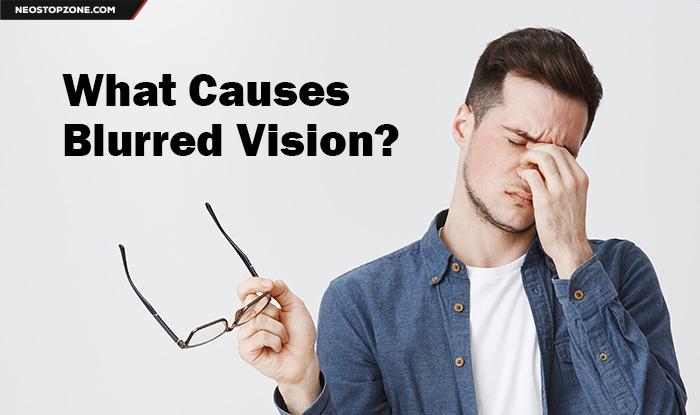
Are you looking for a low-impact exercise that can help strengthen your core, improve flexibility, and enhance overall body awareness? Look no further than Pilates! This popular form of exercise has gained immense popularity in recent years due to its numerous benefits for people of all fitness levels. In this article, we will explore the various advantages of practicing Pilates and highlight some of the best moves for beginners.
Introduction to Pilates
Pilates is a mind-body exercise system that focuses on strengthening the core muscles, improving posture, and promoting overall body alignment. Developed in the early 20th century by Joseph Pilates, this form of exercise has gained a reputation for its ability to improve flexibility, build strength, and enhance body awareness.
Unlike high-impact exercises such as running or weightlifting, Pilates is low-impact and gentle on the joints. It utilizes controlled movements and emphasizes proper breathing techniques to engage the deep core muscles and promote stability throughout the body.
Benefits of Pilates for Beginners
Improved Core Strength
One of the primary benefits of Pilates is its ability to strengthen the core muscles, including the abdominals, back, and pelvic floor. A strong core provides stability and support for the spine, reducing the risk of back pain and improving overall posture.
Enhanced Flexibility
Pilates incorporates a variety of stretching exercises that help improve flexibility and range of motion. Increased flexibility can enhance athletic performance, prevent injuries, and alleviate muscle tightness.
Better Posture
Poor posture is a common issue due to our sedentary lifestyles. Pilates exercises focus on aligning the spine and promoting good posture by strengthening the muscles that support proper alignment. Regular practice of Pilates can help improve posture and alleviate common postural issues.
Increased Body Awareness
Pilates emphasizes the mind-body connection, encouraging practitioners to be aware of their movements and how they engage specific muscles. This heightened body awareness can improve coordination, balance, and overall movement efficiency.
Stress Relief
Like any form of exercise, Pilates releases endorphins, the body’s natural mood-enhancing chemicals. Regular Pilates practice can help reduce stress levels, improve mental well-being, and promote relaxation.
Best Pilates Moves for Beginners
The Hundred
Lie on your back with your knees bent and feet flat on the floor. Lift your head, neck, and shoulders off the mat, reaching your arms forward. Pump your arms up and down while inhaling for five counts and exhaling for five counts. Repeat for ten breaths.
The Roll-Up
Lie on your back with your legs extended, arms reaching overhead. Slowly roll up, reaching for your toes, and then slowly roll back down. This exercise helps strengthen the core and improve spinal mobility.
The Single Leg Circle
Lie on your back with your arms by your sides and legs extended. Lift one leg towards the ceiling and draw a circle with your foot. Repeat in both directions before switching legs. This move improves hip mobility and strengthens the core and lower body.
The Plank
Start in a push-up position with your hands directly under your shoulders and your body in a straight line. Engage your core and hold this position for 30 seconds to one minute. The plank is an excellent exercise for strengthening the core and improving overall body stability.
The Bridge
Lie on your back with your knees bent and feet flat on the floor. Lift your hips off the mat, engaging your glutes and core. Hold for a few seconds before lowering back down. This move targets the glutes, hamstrings, and core muscles.
Conclusion
Pilates offers a wide range of benefits for beginners and seasoned fitness enthusiasts alike. From improved core strength and flexibility to better posture and increased body awareness, regular Pilates practice can transform your body and overall well-being. By incorporating the suggested Pilates moves for beginners into your exercise routine, you can kickstart your journey towards a stronger, more balanced self.
FAQs (Frequently Asked Questions)
1. Is Pilates suitable for beginners with no prior exercise experience?
Yes, Pilates is an excellent exercise option for beginners as it can be modified to suit individual fitness levels and abilities. It is advisable to start with beginner-level classes or work with a certified Pilates instructor to ensure proper form and technique.
2. Do I need any equipment to practice Pilates?
While some Pilates exercises can be performed using specialized equipment such as a reformer or Cadillac, many can be done using just a mat. A Pilates mat is thicker than a regular yoga mat and provides cushioning and support during floor exercises.
3. How often should I practice Pilates to see results?
Consistency is key when it comes to Pilates. Aim to practice Pilates at least two to three times a week to see noticeable improvements in strength, flexibility, and body awareness. However, even one session per week can yield benefits when combined with other forms of exercise.
4. Can Pilates help with back pain?
Yes, Pilates is often recommended as a form of exercise to alleviate back pain. By strengthening the core muscles, improving posture, and promoting spinal alignment, Pilates can help reduce back pain and prevent future issues.
5. Is Pilates suitable for pregnant women?
Pilates can be beneficial for pregnant women, but it is essential to consult with a healthcare professional before starting any exercise program. Prenatal Pilates classes and modifications are available to ensure the safety and well-being of both the mother and baby.
